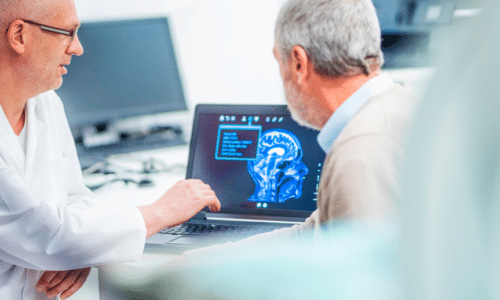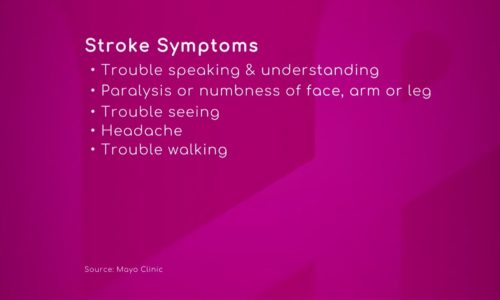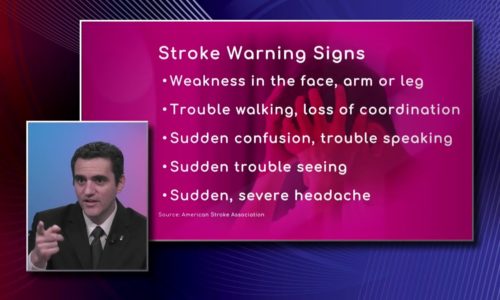Understanding Stroke: Causes, Disabilities, and Rehabilitation |

Stroke is a leading cause of death and disability worldwide, with one out of five women and one out of six men experiencing it throughout their lifetime. While stroke used to be considered the end of the line for many, advancements in medical technology and rehabilitation have significantly increased the number of people surviving it.
In the United States, stroke is the fifth leading cause of death, and it is the second leading cause of death worldwide. With life expectancy increasing, the incidence of stroke and disability caused by it are becoming more prevalent. While the prospect of dying from a stroke is a significant concern, living with the disability caused by it is an even bigger issue.
Stroke is the leading cause of disability globally, with survivors suffering from long-term disabilities depending on the area of the brain that was affected. Since different areas of the brain perform specific functions, the effects of a stroke are determined by which area of the brain was affected. For instance, if the occipital lobe is affected, the survivor may experience partial or complete vision loss in one eye, which can make it difficult to drive, work, or do many other everyday activities.
Surviving a stroke is not enough. It is equally important to manage the resulting disability and quality of life of the patient. Rehabilitation and recovery play a significant role in minimizing the impact of stroke, restoring the survivor’s abilities, and helping them lead a better life. In many cases, physical therapy, occupational therapy, speech therapy, and other forms of therapy may be required to help the survivor regain their independence.
Stroke recovery is a journey that requires a team approach, with doctors, rehabilitation specialists, and family members working together to help the survivor recover. With a comprehensive approach to stroke management and rehabilitation, many survivors can go on to lead fulfilling lives, even with the disability caused by the stroke. The goal of stroke management is not just to survive but also to thrive and lead a good life.








